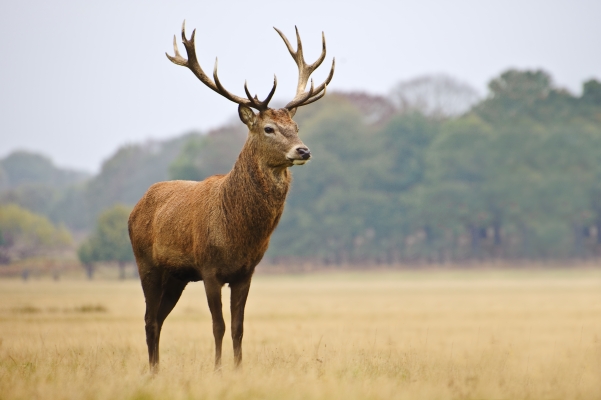A new approach to identify mammals good at learning sounds

To further explore the relationship between faking body size and vocal learning, Ravignani and Garcia expanded their earlier analyses of a wide range of mammals. Would the relation between faking body size and learning sounds turn out to be a systematic evolutionary pattern?
What they found was surprising. Contrary to expectations, most vocal learners—such as dolphins, whales and seals—sounded higher than you would expect based on their body size, not lower. Ravignani explains: “There might be an alternative evolutionary scenario in vocal learners, where selective pressures favour individuals that can change their tone of voice from low to high”. In other words, good vocal learners are those animals that can hit the high notes. Vocal learners who sounded lower than expected often had anatomical adaptations that could explain the lowered voice (such as a longer nose). Garcia adds: “Of course there are exceptions, and we do not claim that all vocal learner species sound higher than expected for their body size. But there is a general trend, and this may help us to better characterise vocal communication in mammals”.
According to Ravignani and Garcia, their new framework may help predict which species are vocal learners. For instance, the manatee (or sea cow) is an animal that hasn’t yet shown vocal learning. However, as its calls are higher than expected, the sea cow may have hidden vocal talents. Likewise, non-vocalists who sound lower than expected, such as the Juan Fernandez fur seal, may turn out to have evolved specific anatomical adaptations.
Publication
Andrea Ravignani & Maxime Garcia (2021). A cross-species framework to identify vocal learning abilities in mammals. Phil. Trans. R. Soc. B 20200394.
Share this page